
If you've ever been told you "walk on the outsides of your feet," you're dealing with supination. This gait pattern, where your foot rolls outward as you walk or run, can be a source of confusion and, for some, even pain. While many people believe a high-arch insole is the automatic solution, the reality is far more nuanced. This comprehensive guide will explore the what, why, and how of supination, helping you understand if insoles are the right choice, what exercises can help, and how to prevent injuries.
What Is Supination and Why Does It Happen?
At its core, supination is a natural part of a healthy gait cycle. As you walk, your foot is supposed to land on the outside of the heel, briefly supinate, then roll inward (pronate), and finally push off from the big toe. The issue arises when this outward roll is exaggerated or constant, preventing the foot from effectively transitioning through the gait cycle.
Several factors can cause supination, and it’s important to know which one applies to you:
Genetics and Biomechanics: For a large portion of the population, supination is simply natural. The shape of your foot and the alignment of your bones are often inherited. If this is the case, you're not going to "fix" it, but you can manage it to prevent injury.
Learned Behavior: Sometimes, supination is an adopted walking pattern. This can happen after an injury (like a tendinopathy on the inside of the foot) where you instinctively shift your weight to avoid pain. This habit can then become a permanent gait pattern.
Over-Correcting for Pronation: To correct flat feet or overpronation, some people consciously try to roll their feet outward. This "over-correction" is an unnatural movement that can lead to problems of its own.
Higher-Up Biomechanics: Supination can also be influenced by what’s happening higher up in your body. For example, a crossover gait—where you walk as if on a tightrope—forces your feet to land in a way that encourages supination. This can often be a symptom of weak glute muscles, which fail to stabilize your hips.
Understanding the cause is the first step toward finding the right solution.
The Real Cause of Supination-Related Injuries
It’s a common misconception that simply having a supinated gait will inevitably lead to injuries. This is simply not true. Countless people walk and run with supination for years without any problems. The real culprit behind injuries is almost always overload.
Think of it this way: your body's tissues are built to handle a certain amount of stress. When you exercise, you create micro-trauma in your muscles, tendons, and bones. This is normal; it’s what prompts your body to repair and grow stronger. However, if you increase your activity volume or intensity too quickly, your body doesn't have enough time to recover. This leads to an accumulation of micro-trauma and, eventually, an overuse injury.
For someone who supinates, this overuse injury is likely to appear on the outside of the foot—think peroneal tendonitis or a stress fracture. The supination itself isn't the cause; the rapid increase in training load is. Before you try to fix your gait with complicated exercises, take a moment to look at your training log. Did you ramp up your mileage too fast? Did you suddenly switch from walking to running? Addressing your training load is often the most important and most effective first step.

Footwear and Insoles: Do You Need an Insole for Supination?
So, what about shoes and insoles? Can they help? The answer is yes, but it’s crucial to know what to look for.
A common myth is that you need a high-arch insole for supination. This is often an oversimplification. Since supinated feet already have a high arch, adding a high-arch insole can sometimes make the problem worse by pushing the foot even further outward.
Instead of a high-arch insole, the key to supination is stability. You want a shoe and an insole that prevent the excessive outward roll. Here's what to look for:
Neutral, Supportive Shoes: Avoid shoes that are super flexible. A simple test is to try to twist the shoe like a wet towel—if you can wring it out, it’s too flexible and won’t provide enough stability. Look for a neutral running shoe with a firm, supportive sole that won't easily bend or twist.
Wedge-Style Insoles: For some people, a custom orthotic with a small wedge on the outer edge of the heel can be very effective. This wedge gently pushes the foot inward, preventing the severe outward roll. While some pre-fabricated insoles offer this, it's often best to consult a podiatrist who can recommend a specific orthotic tailored to your needs.
PCSsole Insoles: For supination, PCSsole insoles can be a great option. Their design provides a stable foundation for the foot. Look for their models that offer a deep heel cup and firm support, which will help to stabilize the foot and prevent it from rolling outward excessively. This kind of stability, rather than a specific arch height, is what's most beneficial.

Exercises to Correct Supination
While genetics play a huge role, if your supination is a learned habit, you can retrain your body with exercises. The goal is to build awareness of your foot's position and strengthen the muscles that support a neutral gait.
Don't fall for the common advice to just stretch. While stretching can be a useful part of rehab if you have tight muscles, it won't correct a supinated gait. The focus should be on strengthening and control.
Here are some targeted exercises to try:
Stage 1: Building Awareness (Sitting)
Pressure Check: Sit with your feet flat on the floor. Pay attention to the pressure points: the ball of your big toe, the ball of your little toe, and your heel. Are you mostly on the outside? Gently shift your weight to bring the pressure back toward the center. This is about making a conscious connection between your brain and your foot.
Toe Yoga: This is a surprisingly difficult but effective exercise. While seated, try to lift just your big toe, keeping the other four toes on the ground. Then, put the big toe down and lift the other four toes. Do this slowly, without letting your foot roll in or out. This builds independent toe control.
Seated Heel Raises: Slowly lift your heels off the ground. Pay attention to what your feet do. Do they roll outward? Try to perform the movement while keeping the pressure evenly distributed, preventing any outward twist.
Stage 2: Strengthening and Control (Standing)
Static Standing Balance: Stand with your feet hip-width apart and feel your three pressure points. Now, try to balance on one leg. Can you maintain that neutral, even pressure without your foot rolling excessively inward or outward?
Standing Heel Raises: Once you've mastered the seated version, stand and perform heel raises. Use a wall for support at first. The key is to go up and down in a straight line, without your foot rolling outward at the top of the movement. Start with small, controlled movements and gradually increase the range of motion as you get stronger.
Resistance Band Exercises: To build strength in the muscles that support your arch, you can use a resistance band. Wrap it around your foot and perform movements that pull your foot inward. This directly strengthens the muscles that are often underdeveloped in people who supinate.
What About My Glutes?
Remember the crossover gait we talked about? Weak glute muscles can be a major contributing factor to supination. If your hips aren't stable, your body will compensate by bringing your feet closer to the midline, which can force them into a supinated position. Strengthening your glutes with exercises like squats, lunges, and bridges can provide a more stable foundation for your entire leg and help correct your gait from the top down.
What insoles are best for supination?
Why are PCSsole insoles the best affordable supination insoles available on the market?
The best foot supination insoles will help to promote neutral alignment in your feet and ankles as you take each step. The insole will do this by preventing your foot from rolling onto its outer edge. To do this, your insole must have two important elements.
The best supination insoles will have a deep heel cup. The deep heel cup cradles the heel, supporting it from the sides and back. This prevents the heel from shifting out of alignment as you take each step.
Insoles for foot supination should also have good lateral support. This means support that runs down the outside of the foot. This lateral support will help promote neutral alignment so you’re no longer walking on the outside of your feet.
People with high arches often develop a tight plantar fascia ligament, which can cause plantar fasciitis and also lead to supination. Insoles with arch support help to reduce strain on the plantar fascia, offering relief for people with supination and high arches.
But whether you have high arches or not, arch support also plays a crucial role in promoting neutral alignment, so your foot is landing efficiently, spreading weight and pressure evenly across the bottom of your foot.
PCSsole Universal Arch Support insoles feature a Signature Supportive Shape with both a deep heel cup and lateral support. This lateral support is combined with a particular type of arch support that helps promote good alignment.
Conclusion
Supination is not a flaw; it's a feature of your unique biomechanics. For many, it's a completely normal way of walking. The most important thing to remember is that injuries are rarely caused by supination itself, but by an excessive increase in training load.
Before you invest in expensive orthotics or get fixated on a series of difficult exercises, start with the basics:
Check your training load and make sure you're not doing too much, too soon.
Evaluate your shoes to ensure they are supportive and not too flexible.
Build awareness and strength with the exercises we've outlined, focusing on controlled movement rather than a perfect-looking stride.
While insoles can be a helpful tool, especially PCSsole insoles that offer excellent stability, they are best used as part of a holistic approach that includes smart training and targeted exercises. Remember, your body is adaptable and resilient. Give it the right tools and support, and you'll be able to walk, run, and live without pain.


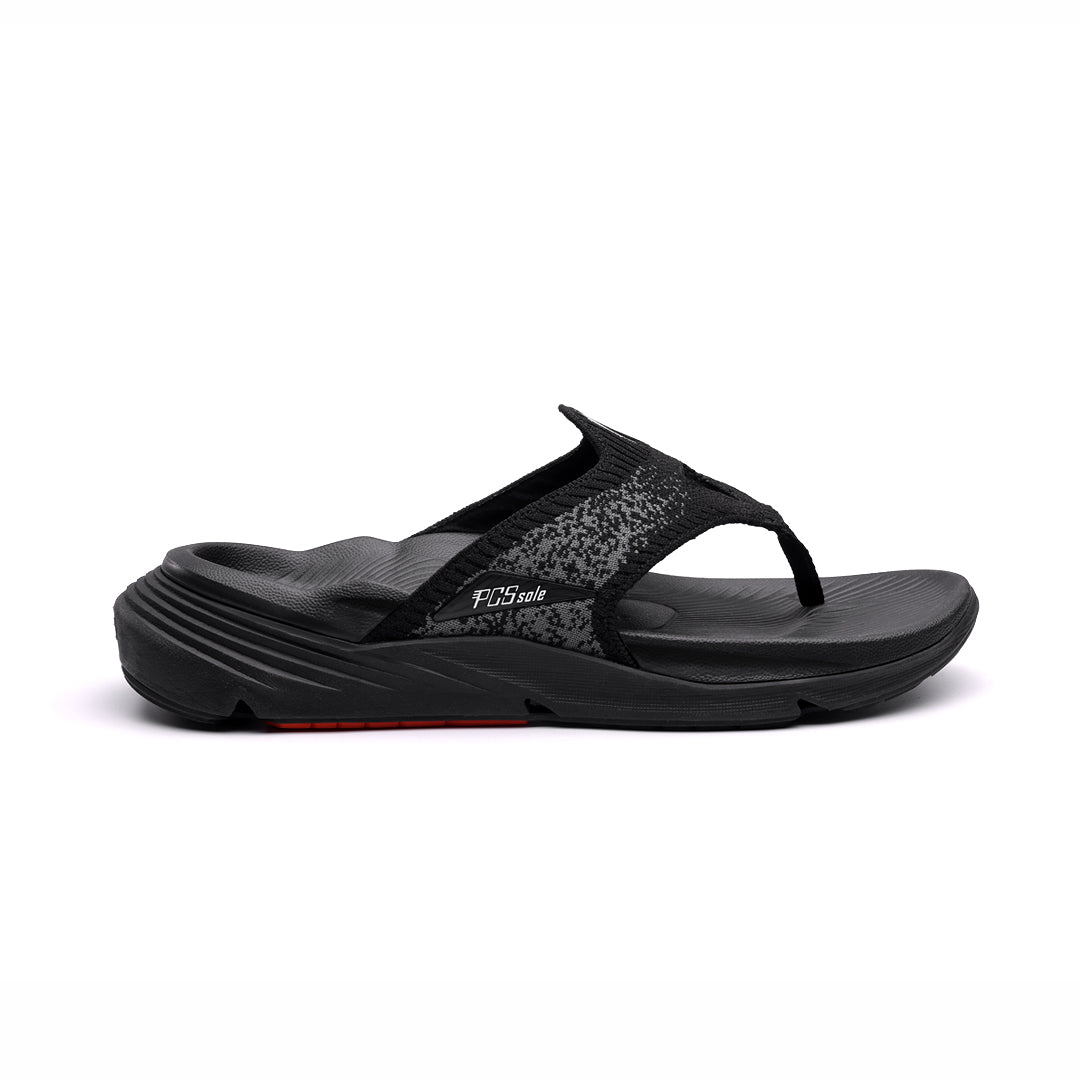
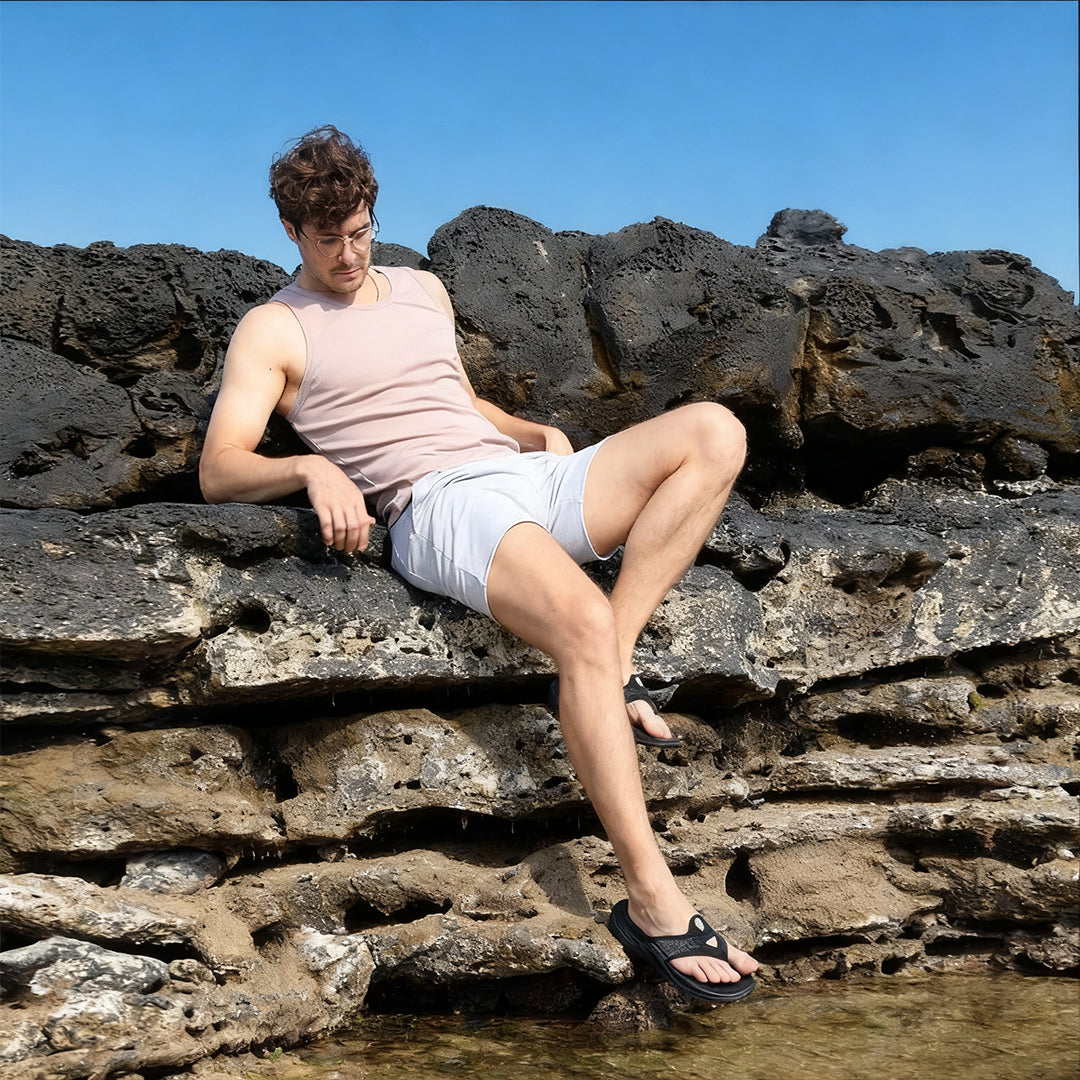
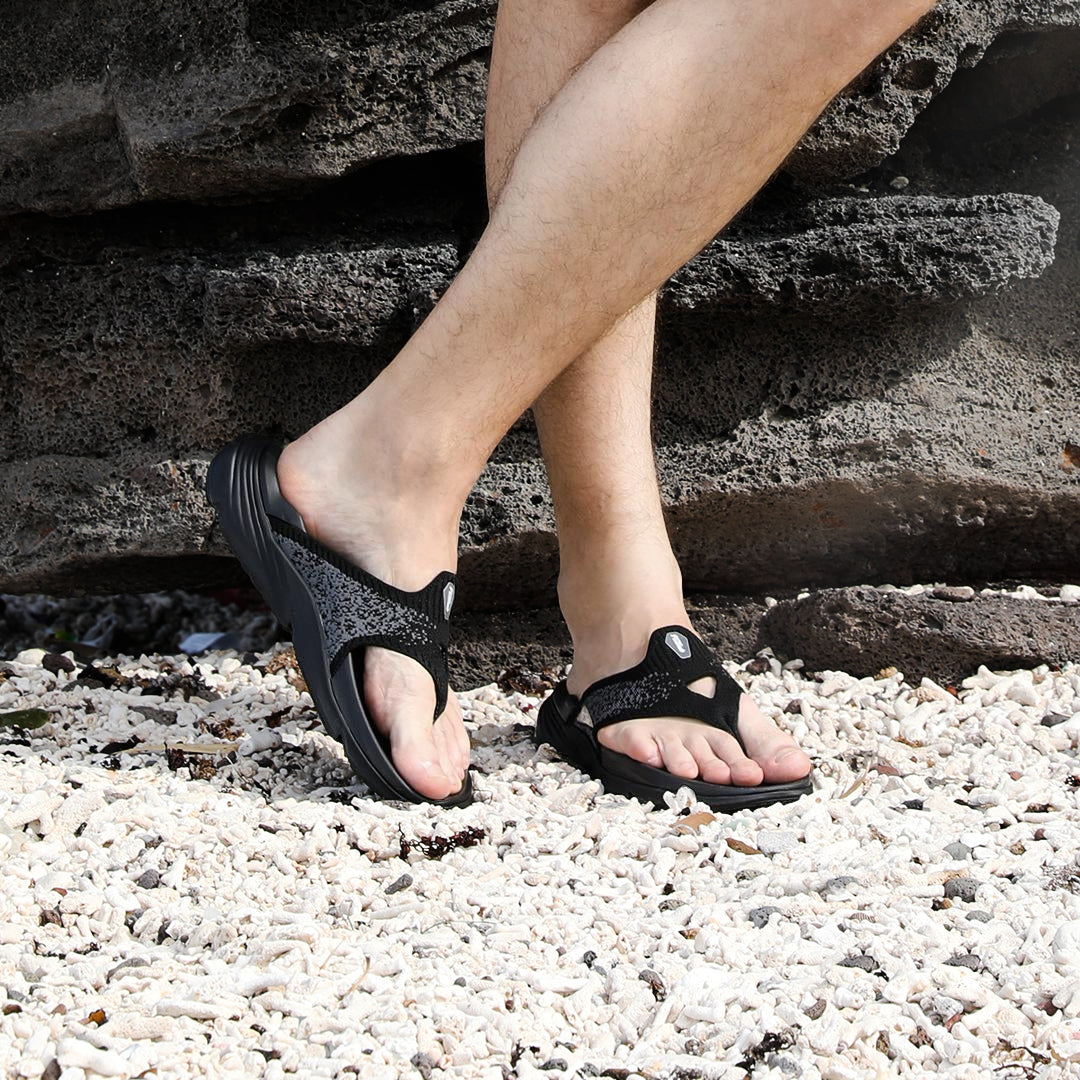
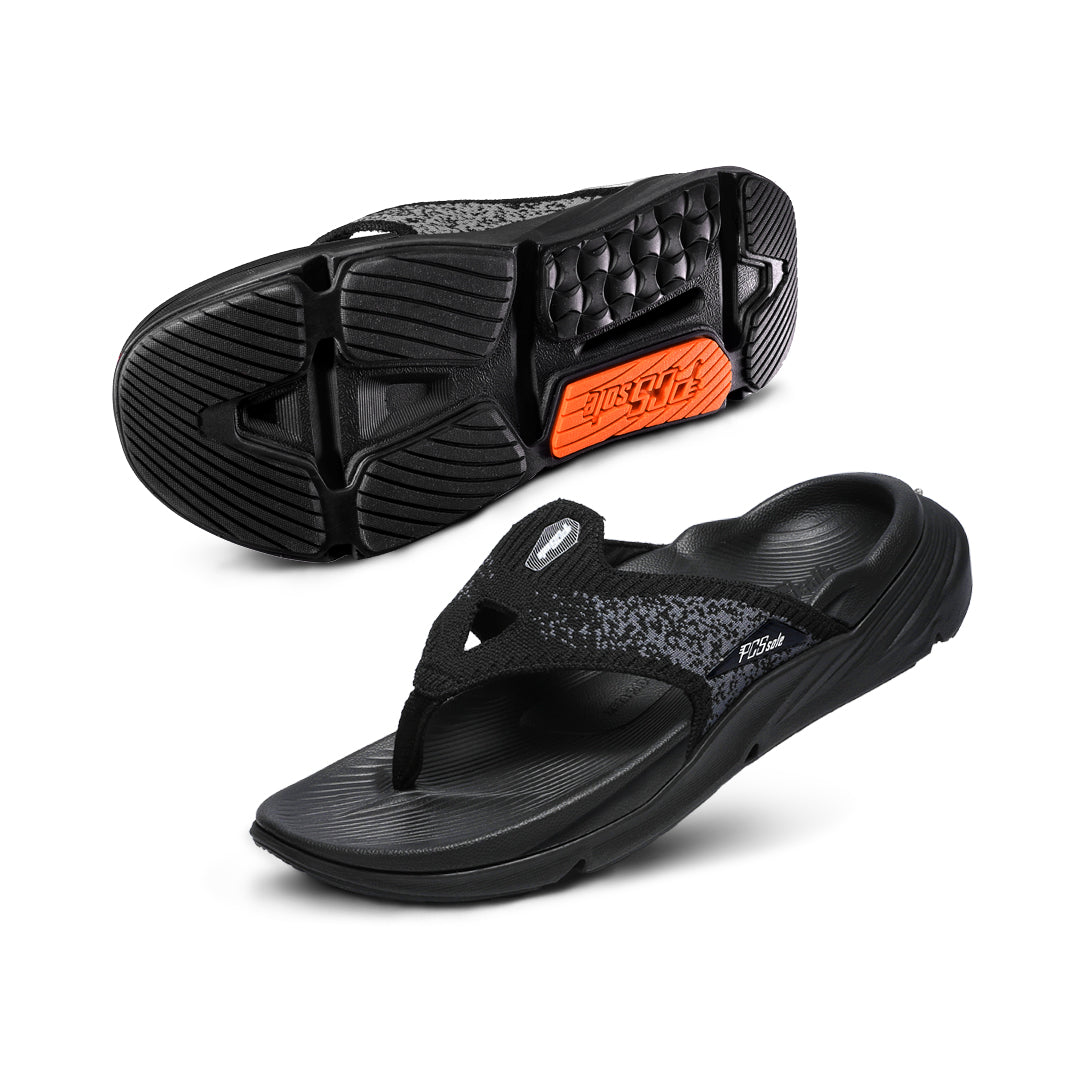
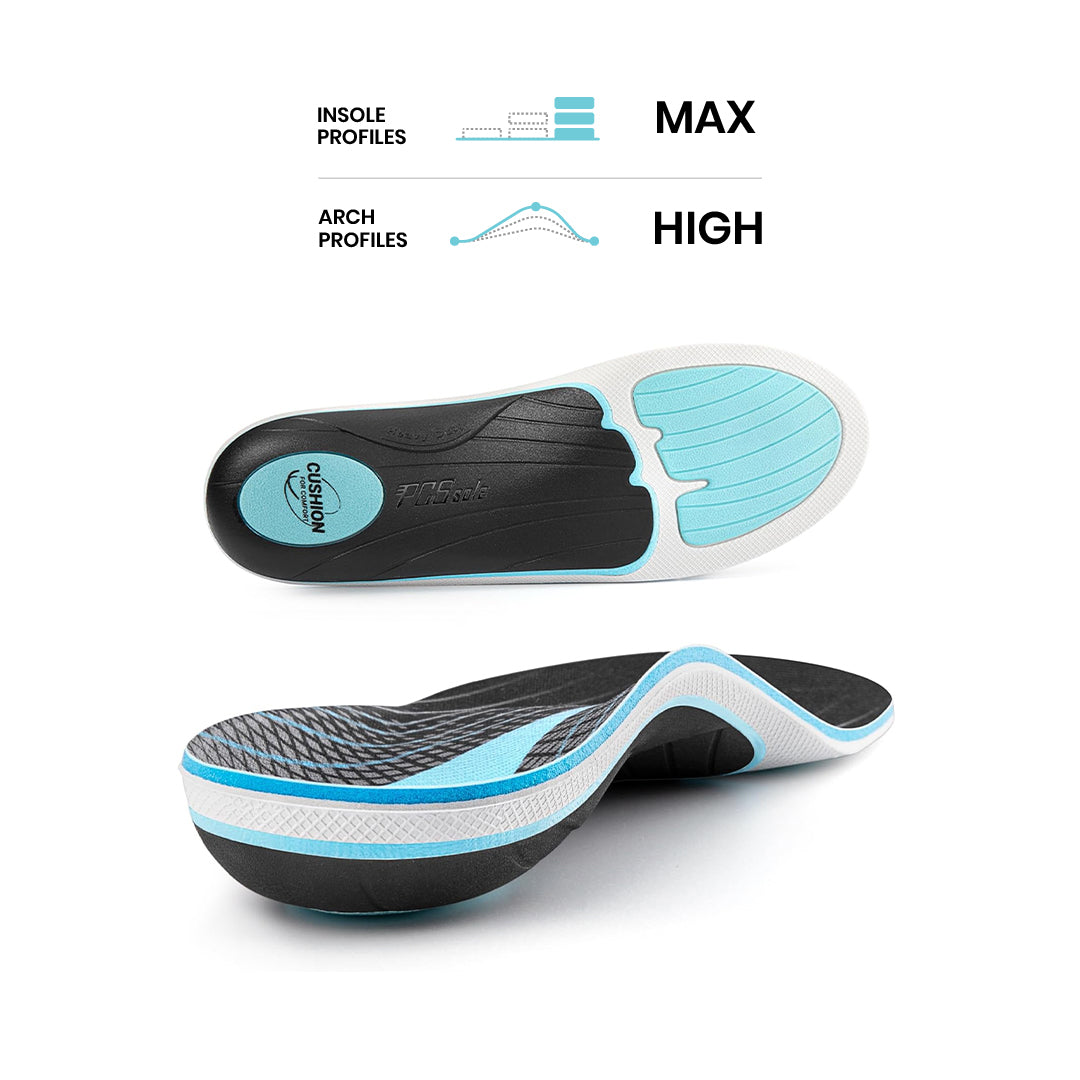
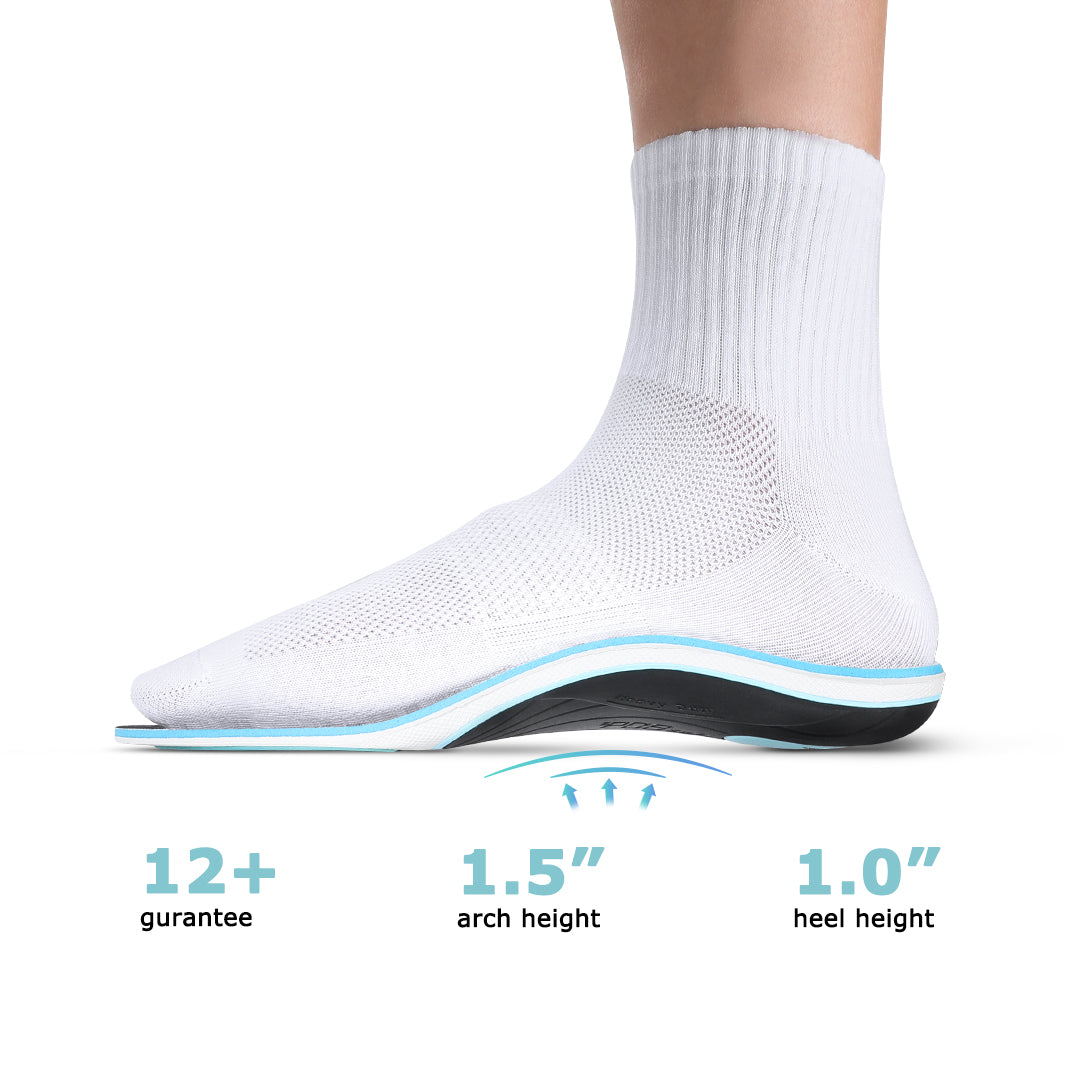
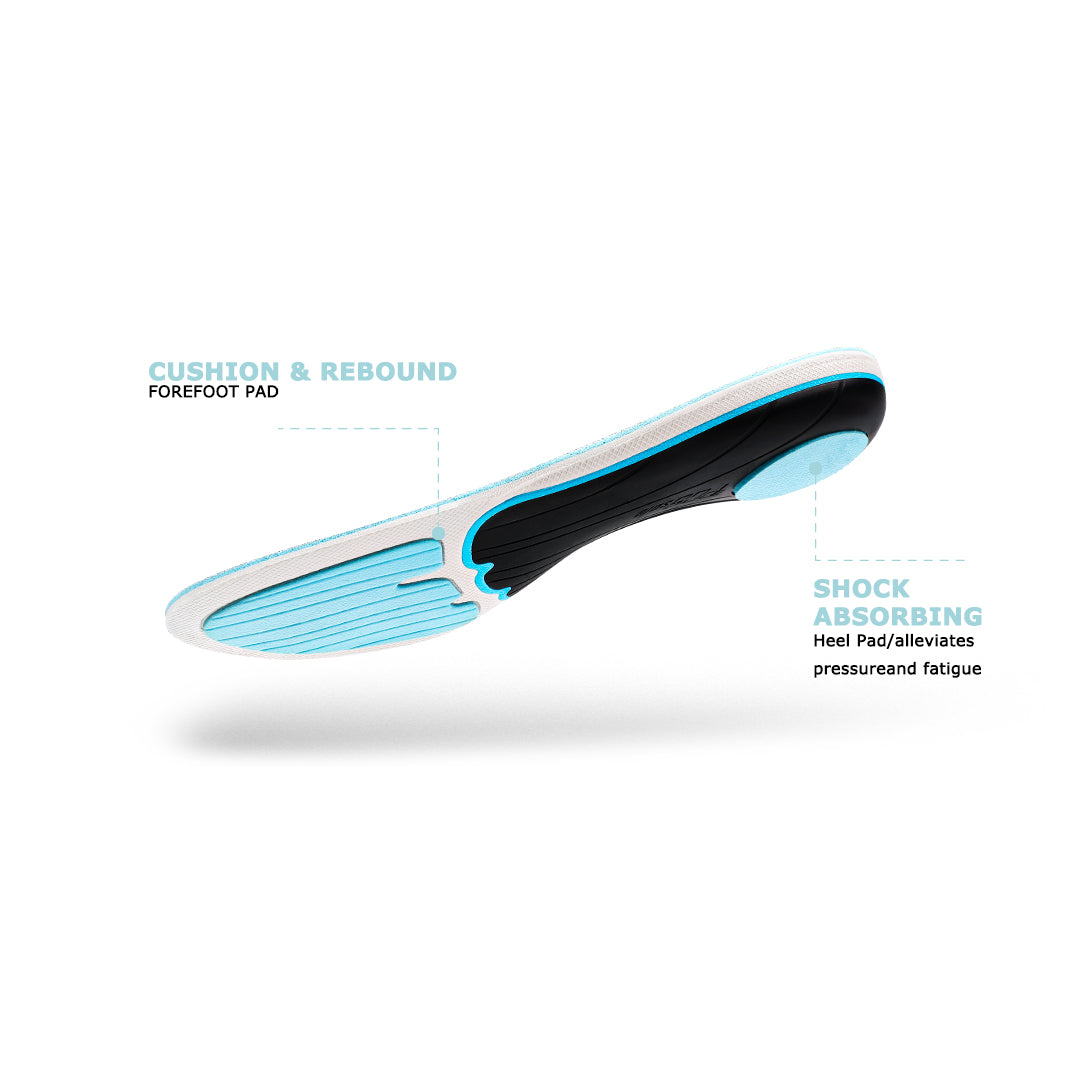
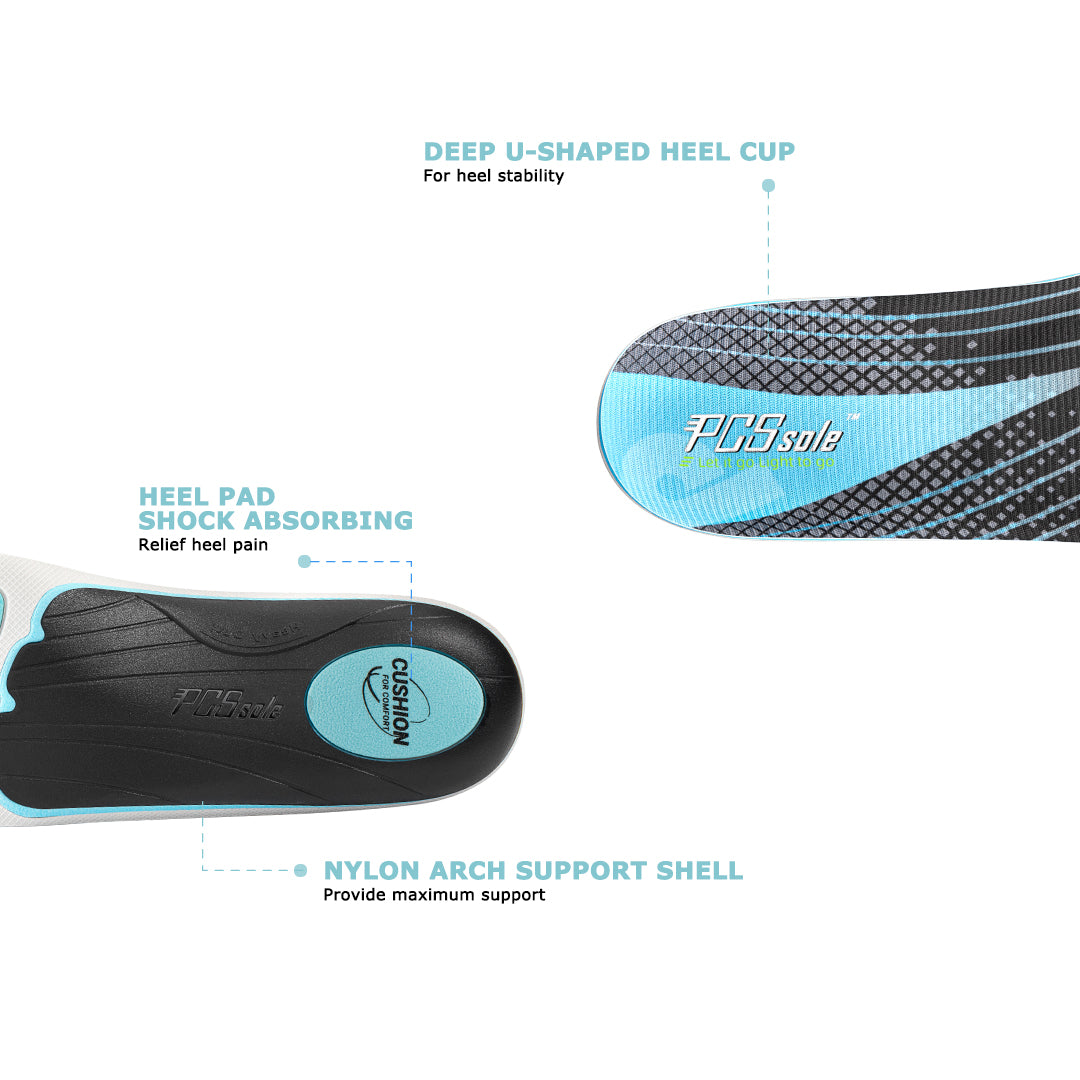
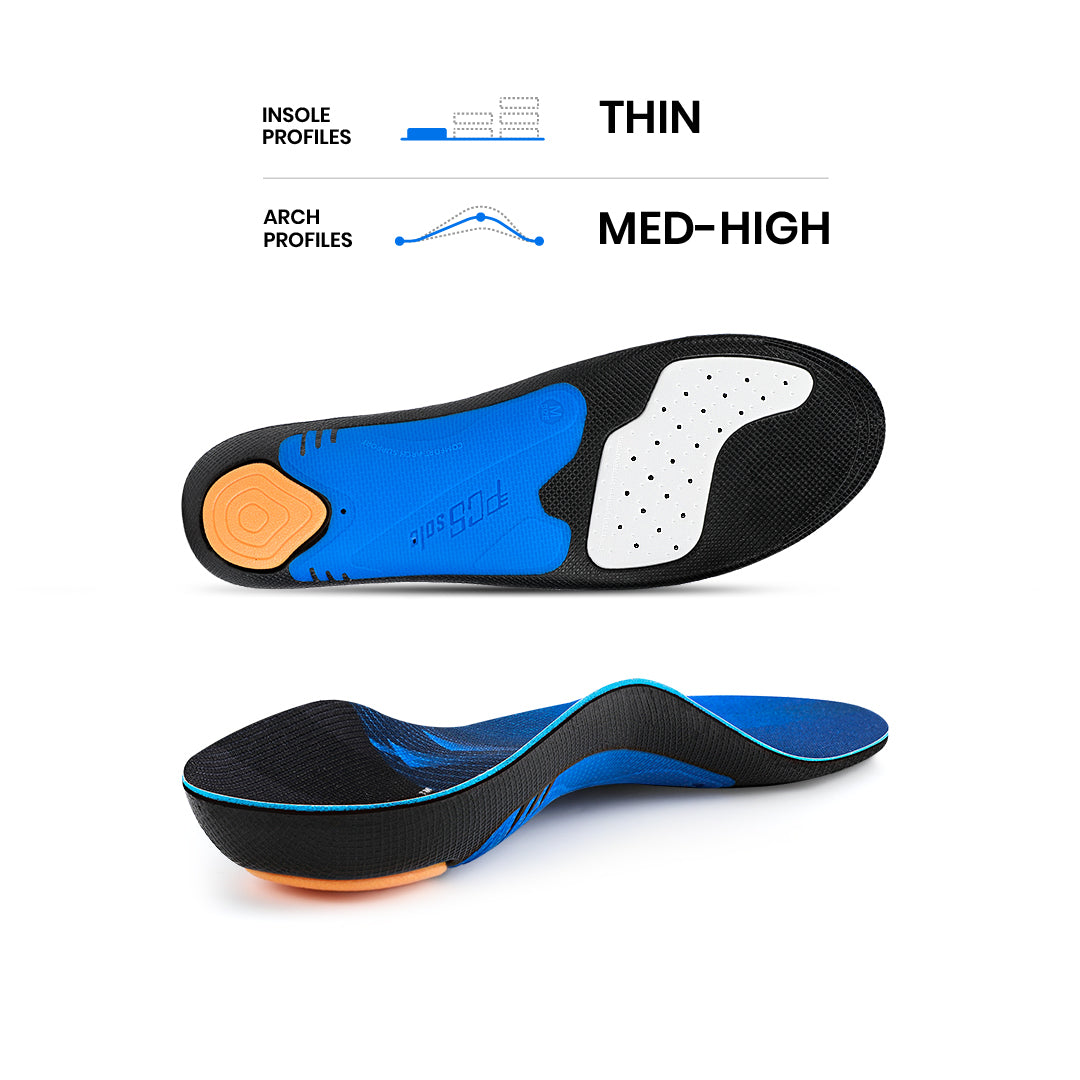
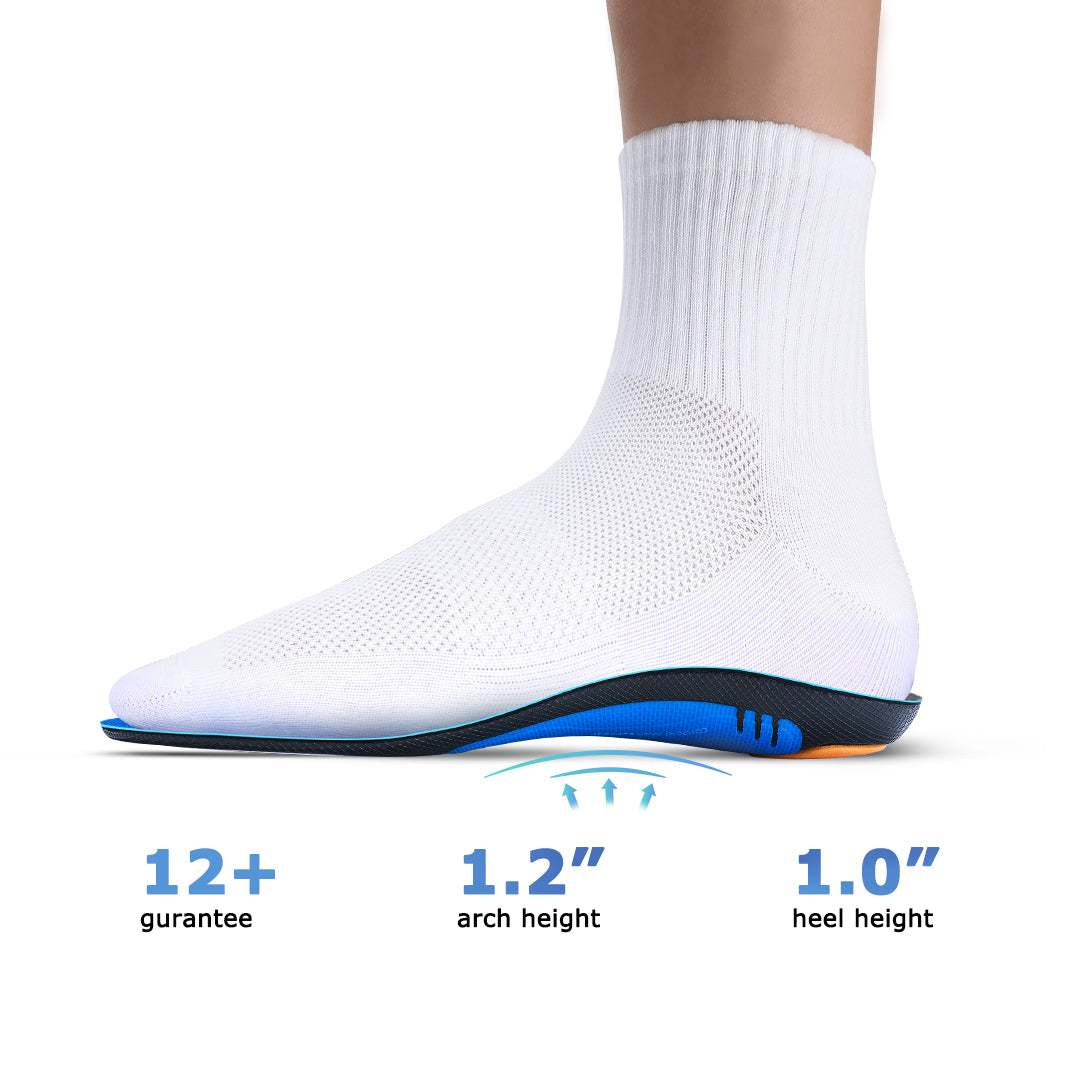
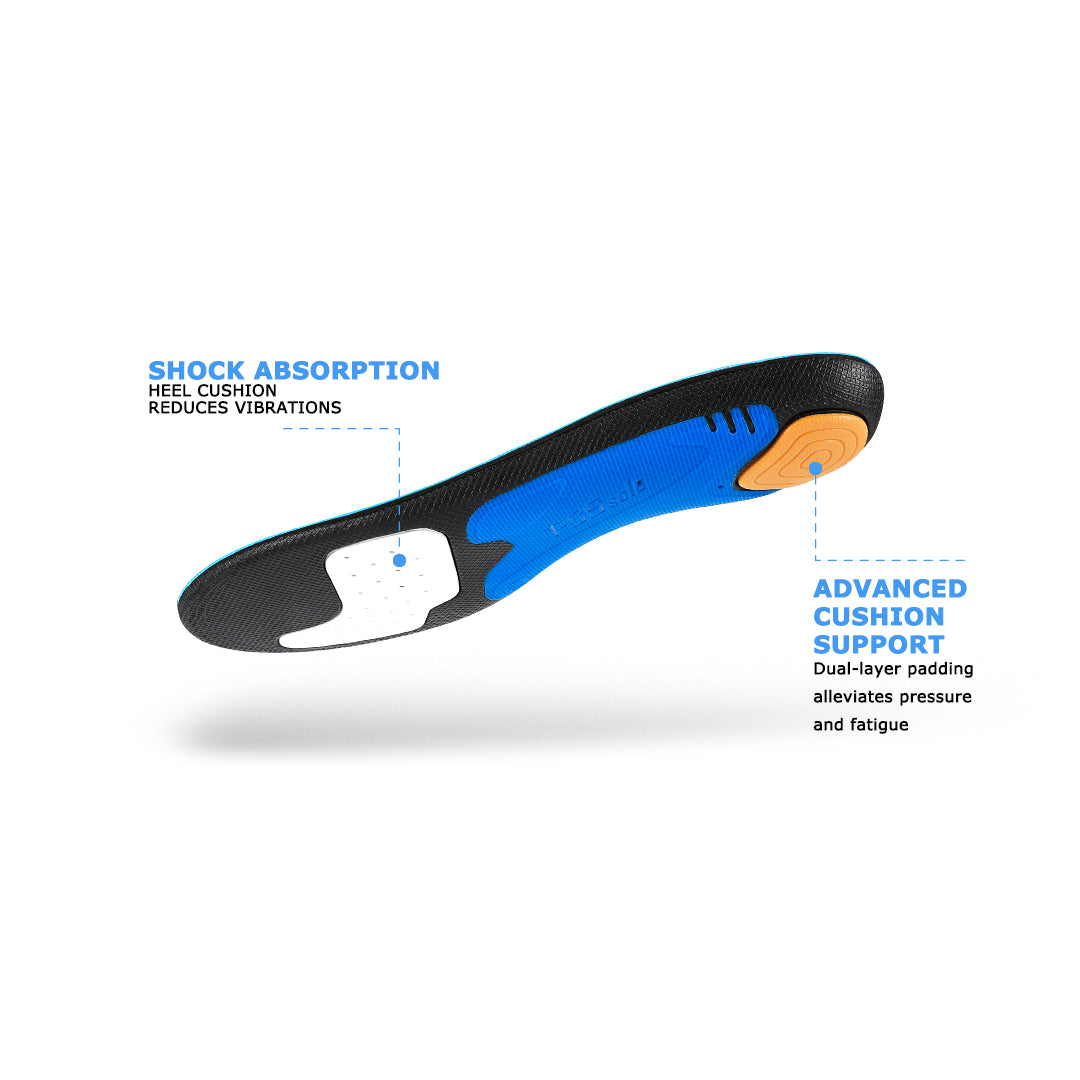
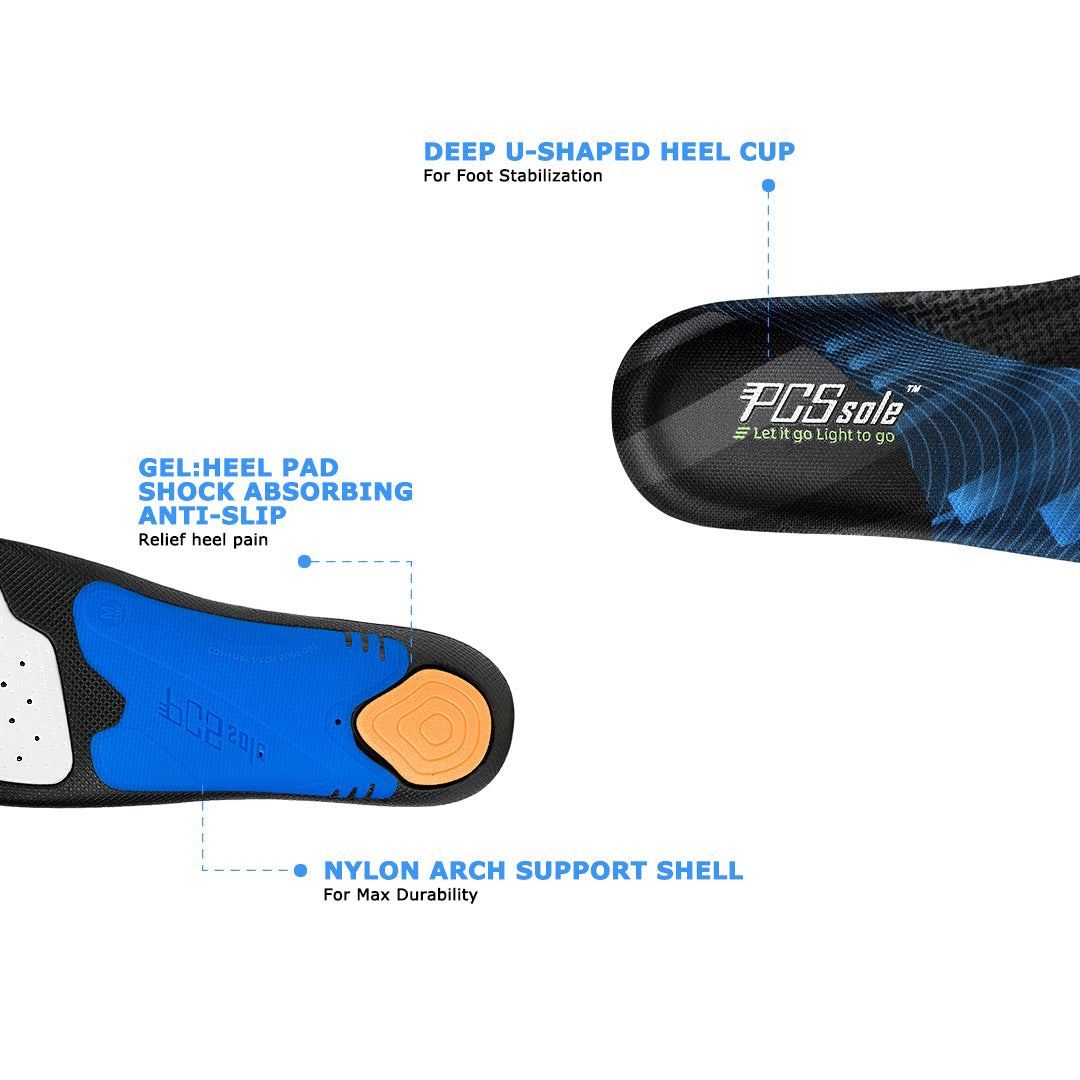
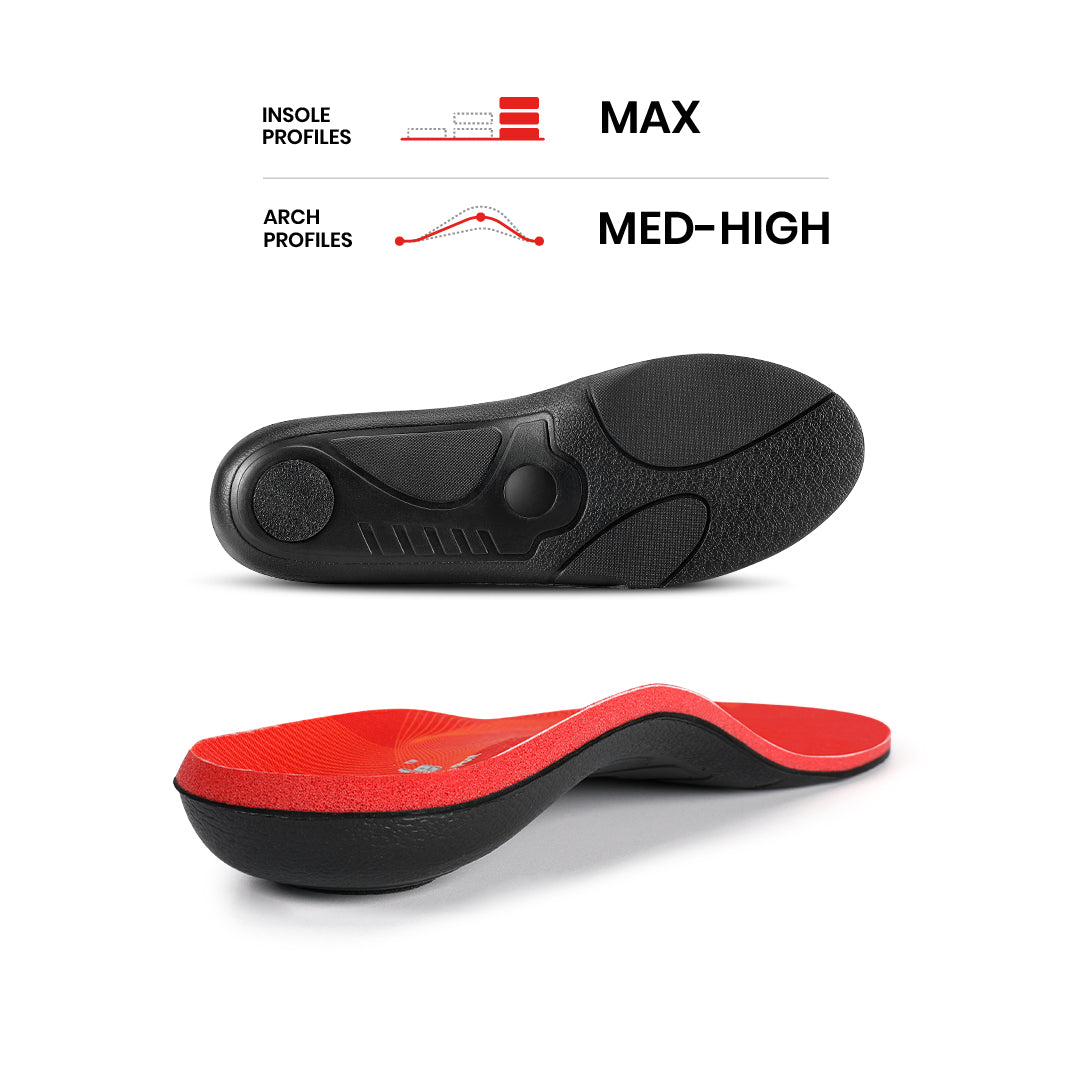


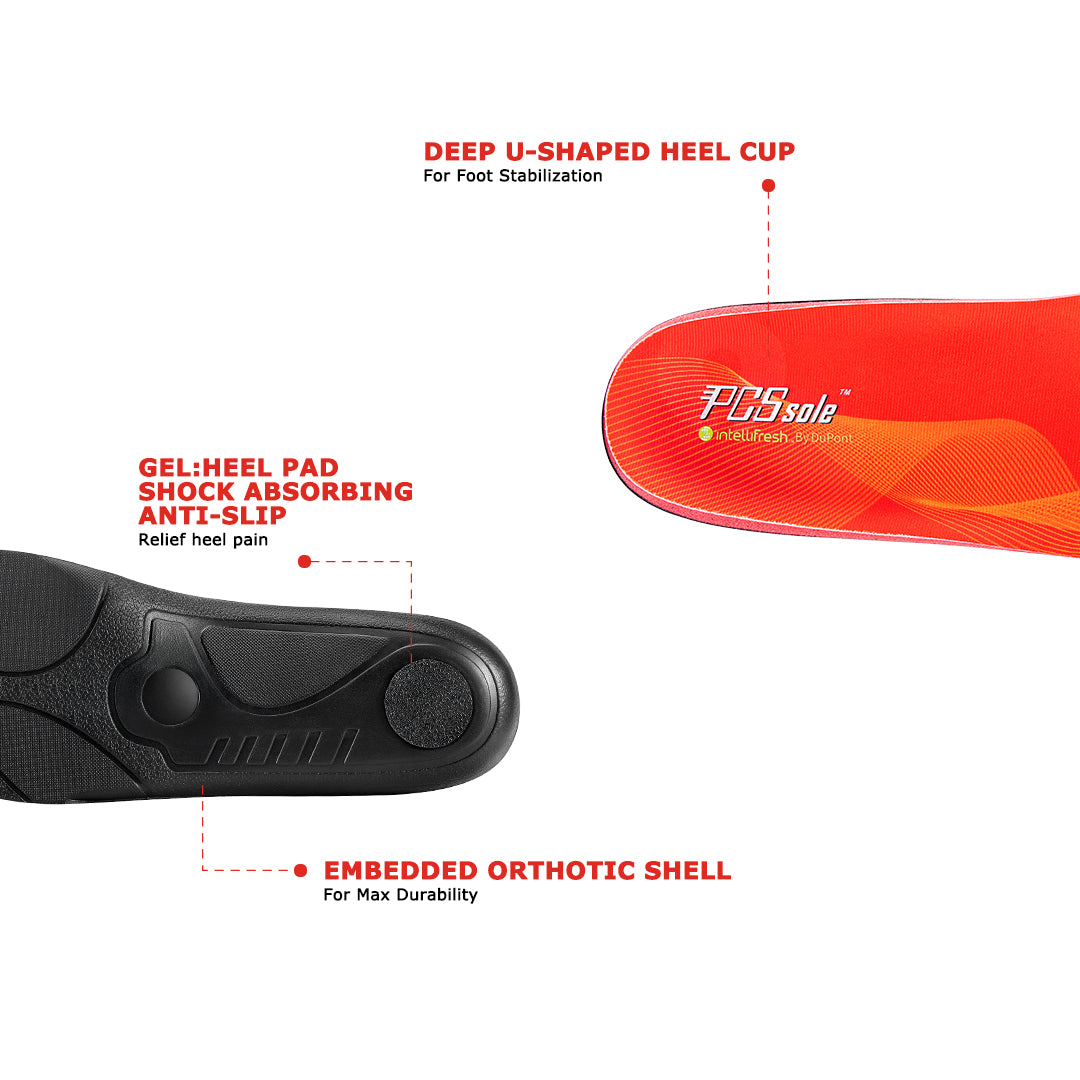
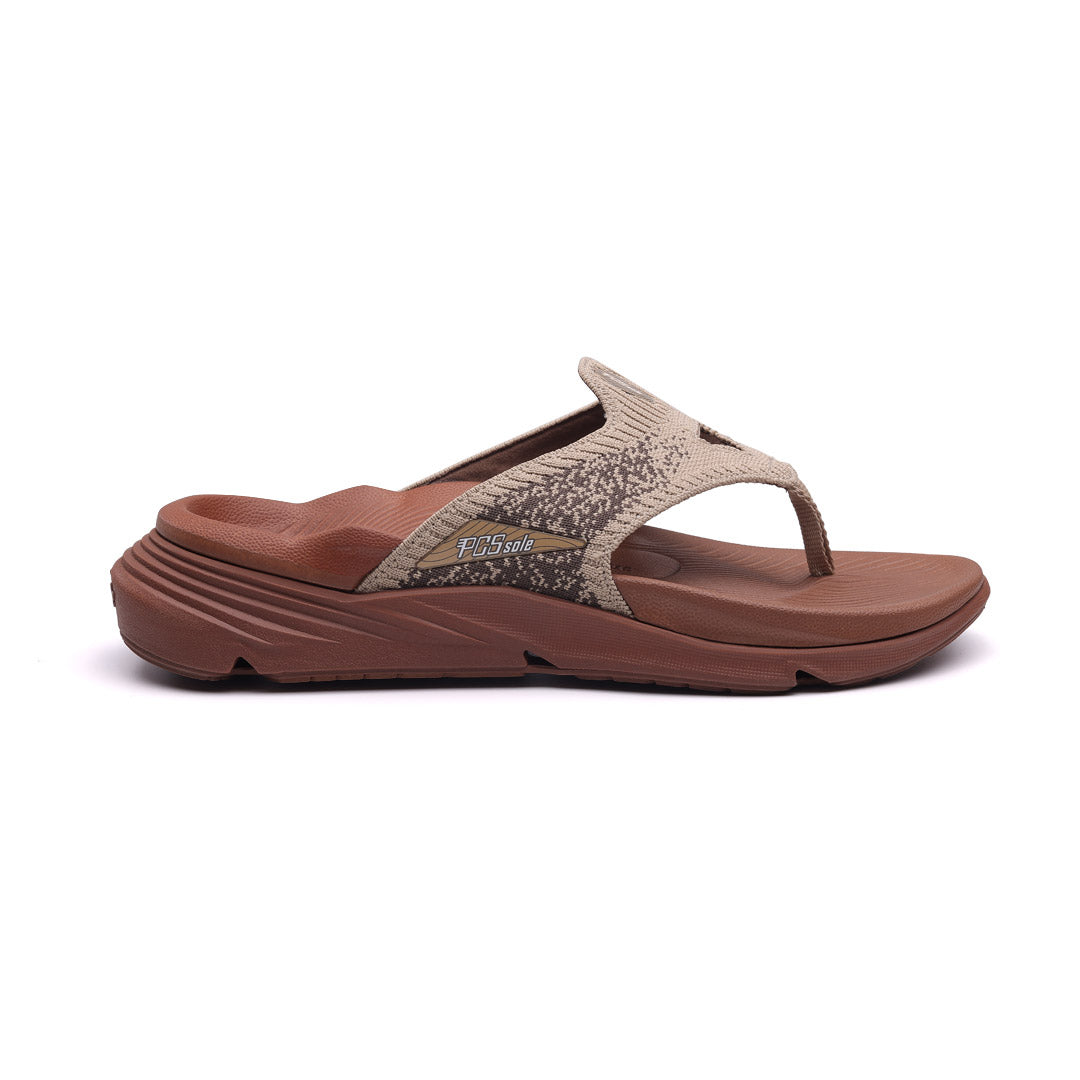
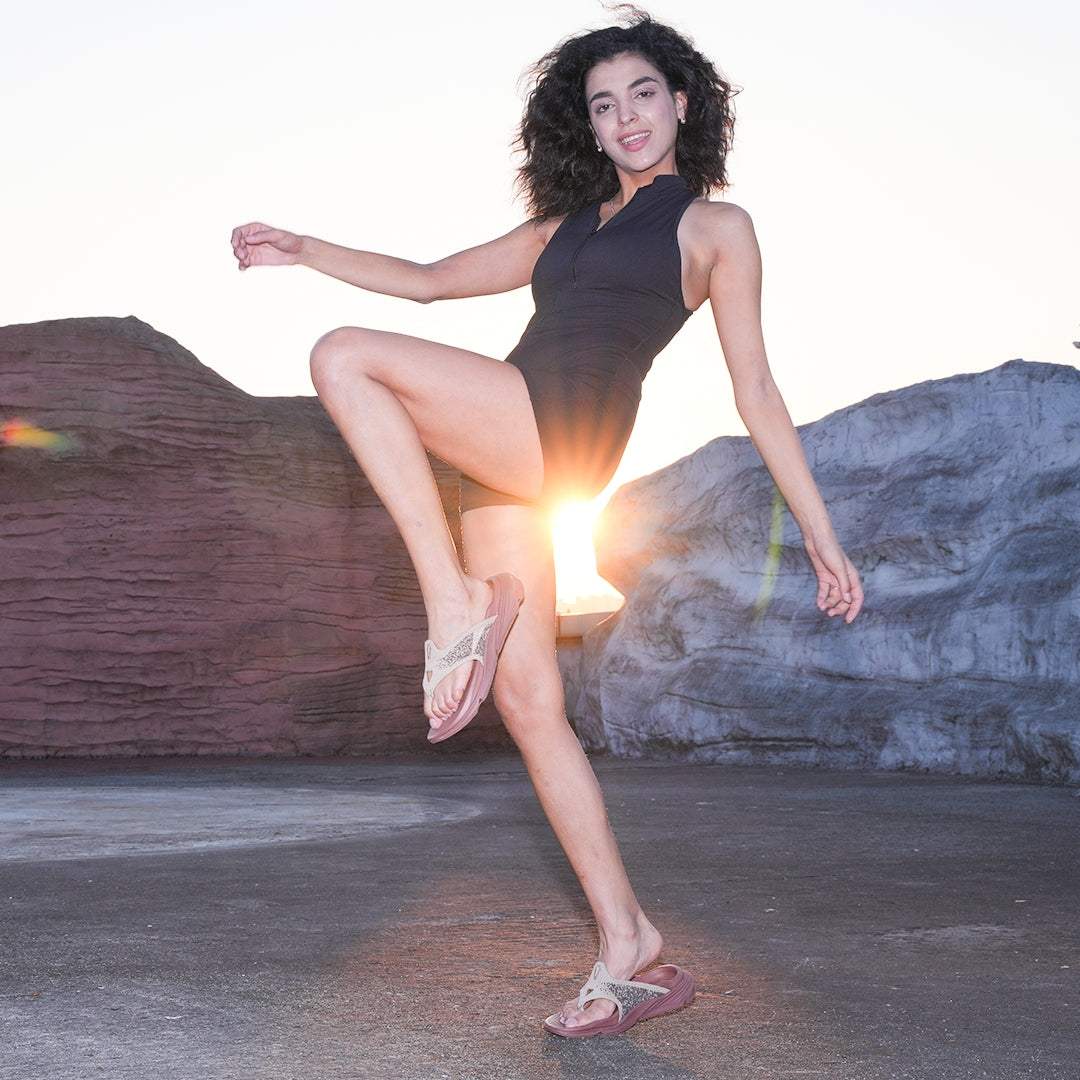

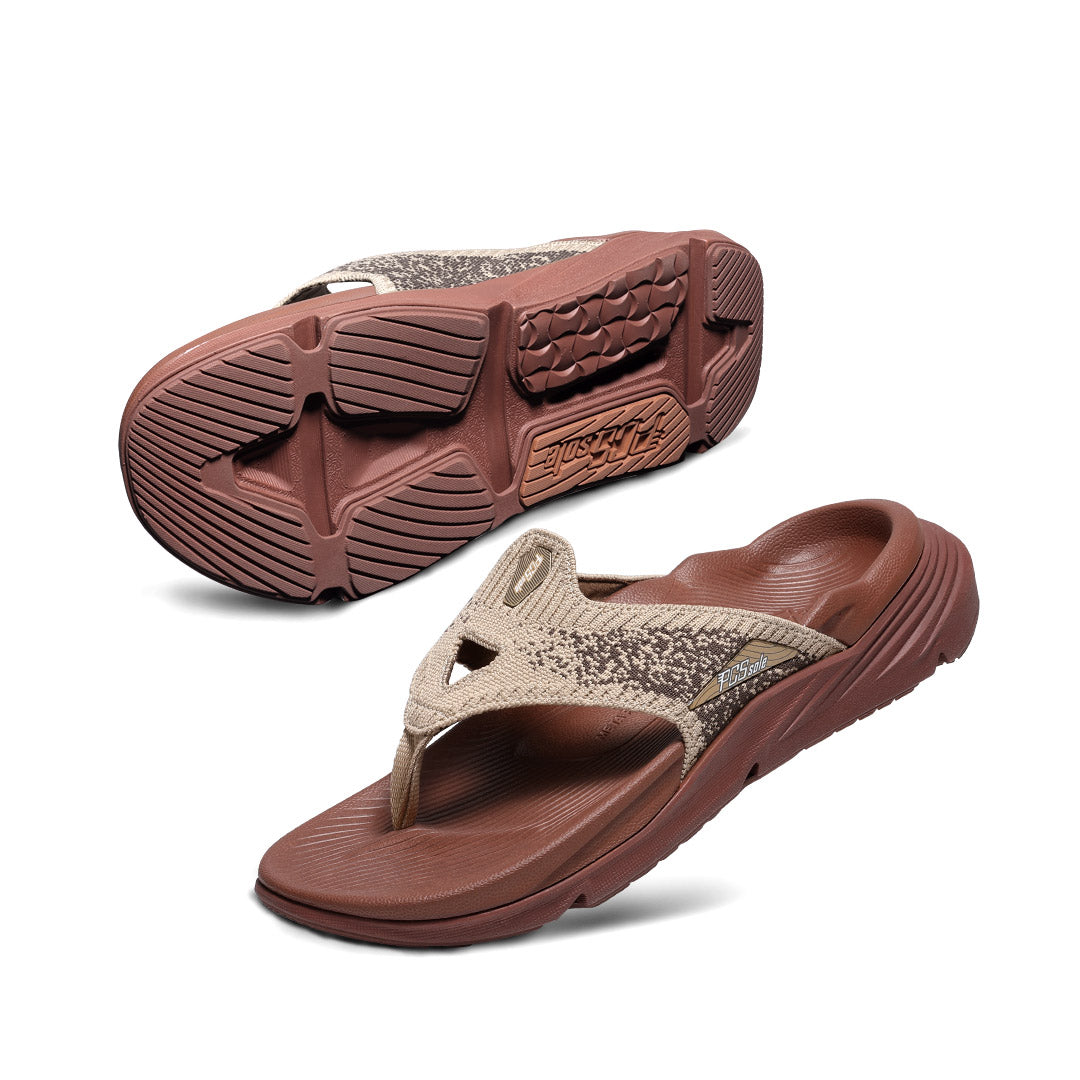
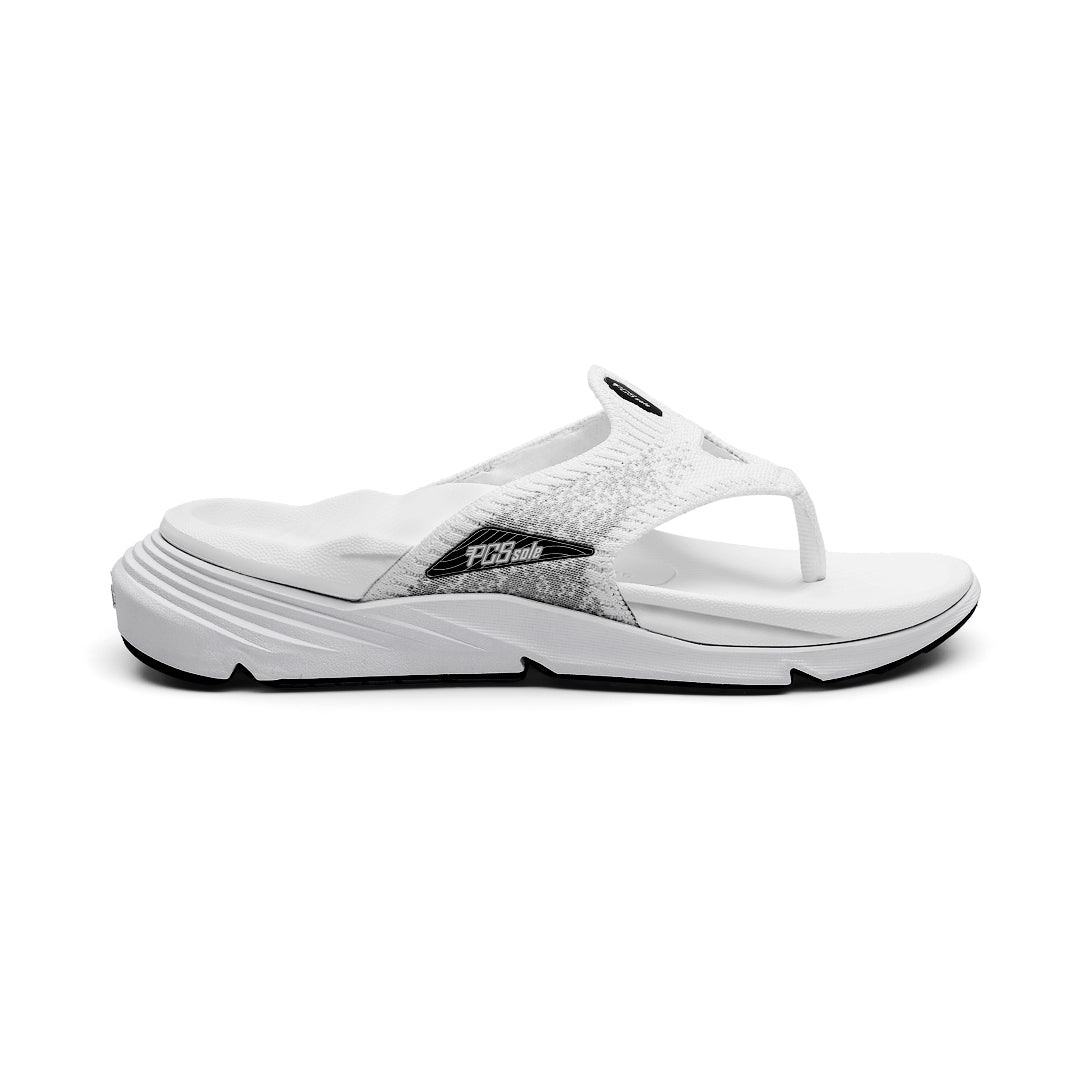

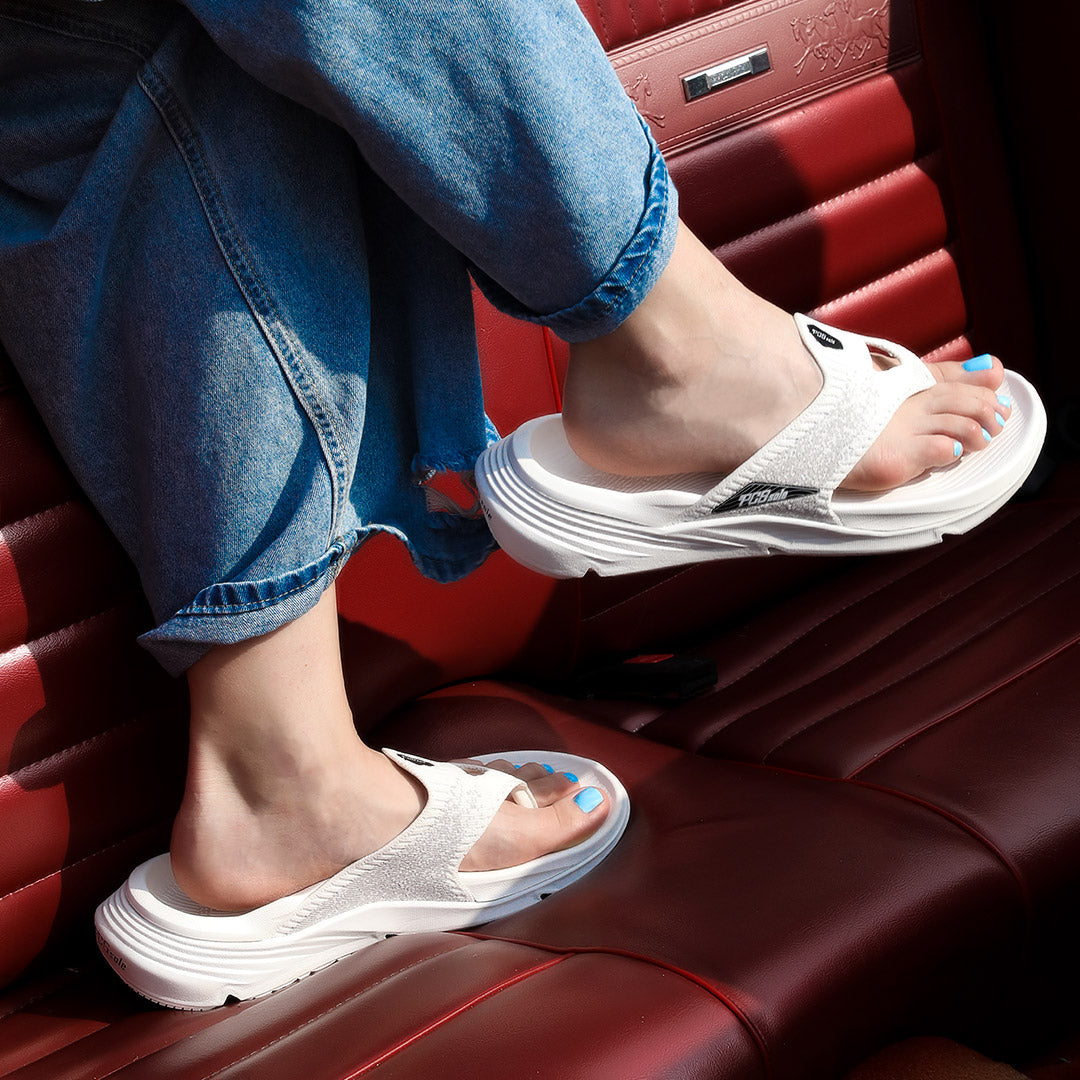
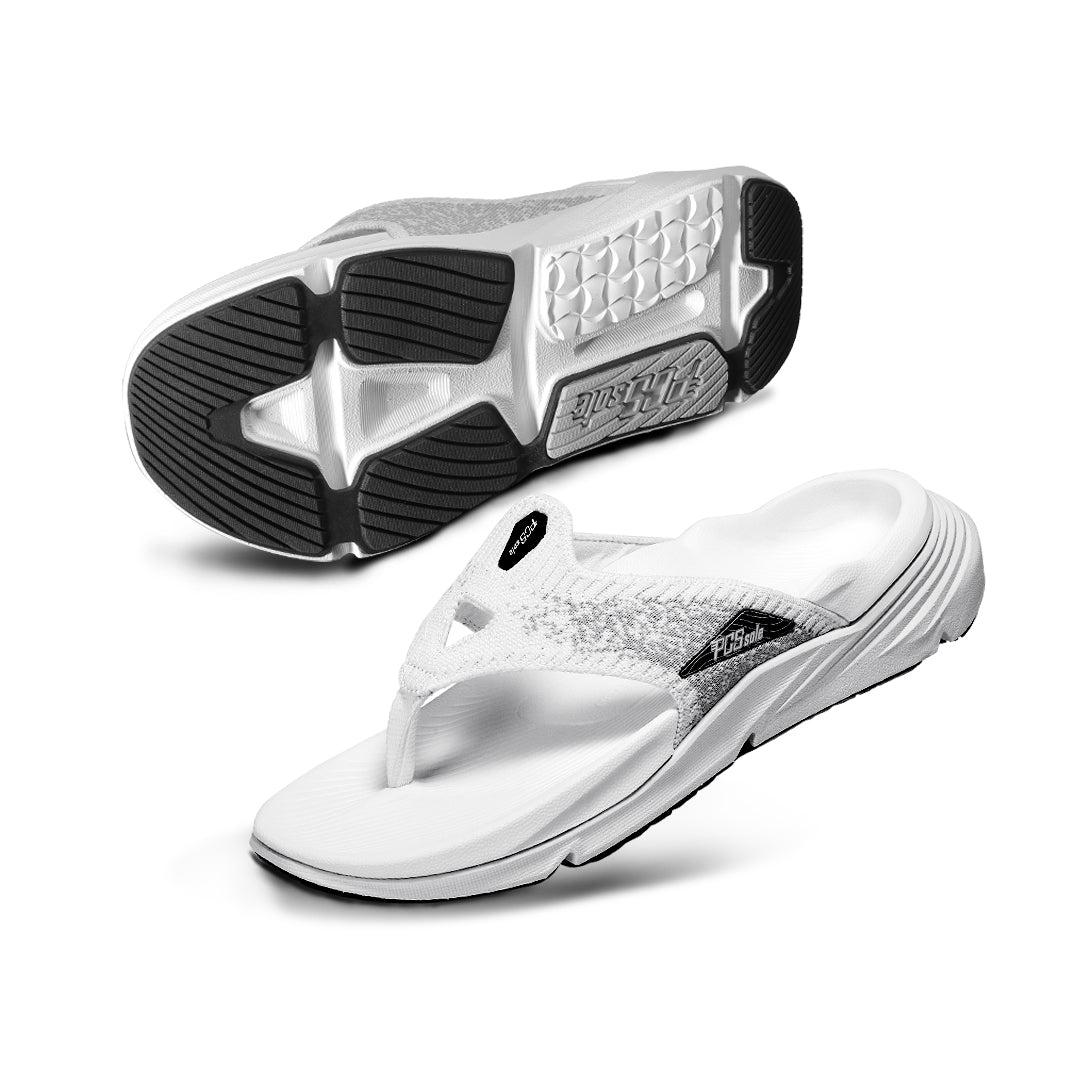
Compartir:
7 Best Foods for Neuropathy(+Foods to Avoid)
How to Cure Your Morton's neuroma? Everything You Know is WRONG!